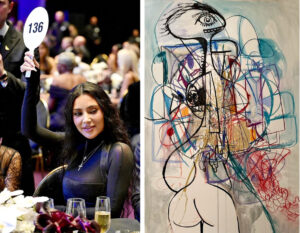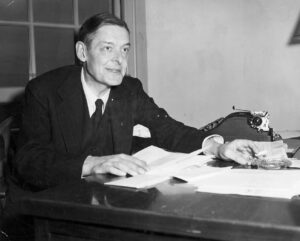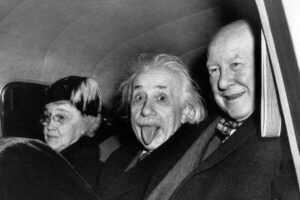A Day at the Races with Charles Bukowski

We spent Sunday with the kids on Octoberfest Day at Santa Anita Park.
I’m not sure why it was selected as a good venue for the grandkids, but it was. I’ve seen only two equine racetracks in my time, and neither was all that impressive. But this one is big and beautiful. And, as it turned out, offered a host of family friendly activities in the enormous oval space inside the mile-long track.
The weather was perfect. The racetrack itself was beautiful. And the horses were magnificent. I thought immediately of the great Charles Bukowski and his love of racing. He could go to this track (which debuted in, I think, 1934) or the Hollywood Park Racetrack, which was his favorite, since it was easier for him to get to.
In his essay “Goodbye Watson,” Bukowski mused about how it helped him as a writer:
with me, the racetrack tells me quickly where I am weak and where I am strong, and it tells me how I feel that day and it tells me how much we keep changing, changing ALL the time, and how little we know of this.
and the stripping of the mob is the horror movie of the century. ALL of them lose. look at them. if you are able. one day at a racetrack can teach you more than four years at any university. if I ever taught a class in creative writing, one of my prerequisites would be that each student must attend a racetrack once a week and place at least a 2 dollar win wager on each race. no show betting. people who bet to show REALLY want to stay home but don’t know how.
my students would automatically become better writers, although most of them would begin to dress badly and might have to walk to school.
I can see myself teaching Creative Writing now.
“well, how did you do Miss Thompson?”
“Host $18.”
“who did you bet in the feature race?”
“One-Eyed Jack.”
“sucker bet. the horse was dropping 5 pounds which draws the crowd in but also means a step-up in class within allowance conditions. the only time a class-jump wins is when he looks bad on paper. One-Eyed Jack showed the highest speed-rating, another crowd draw, but the speed rating was for 6 furlongs and 6 furlong speed ratings are always higher, on a comparative basis, than speed ratings for route races. furthermore, the horse closed at 6 so the crowd figured he would be there at a mile and a sixteenth. One-Eyed Jack has now shown a race around in 2 curves in 2 years. this is no accident. the horse is a sprinter and only a sprinter. that he came in last at 3 to one should not have been a surprise.”
“how did you do?”
“I lost one hundred and forty dollars.”
“who did you bet in the feature race?”
“One-Eyed Jack. class dismissed.”
 MarkFord
MarkFord






